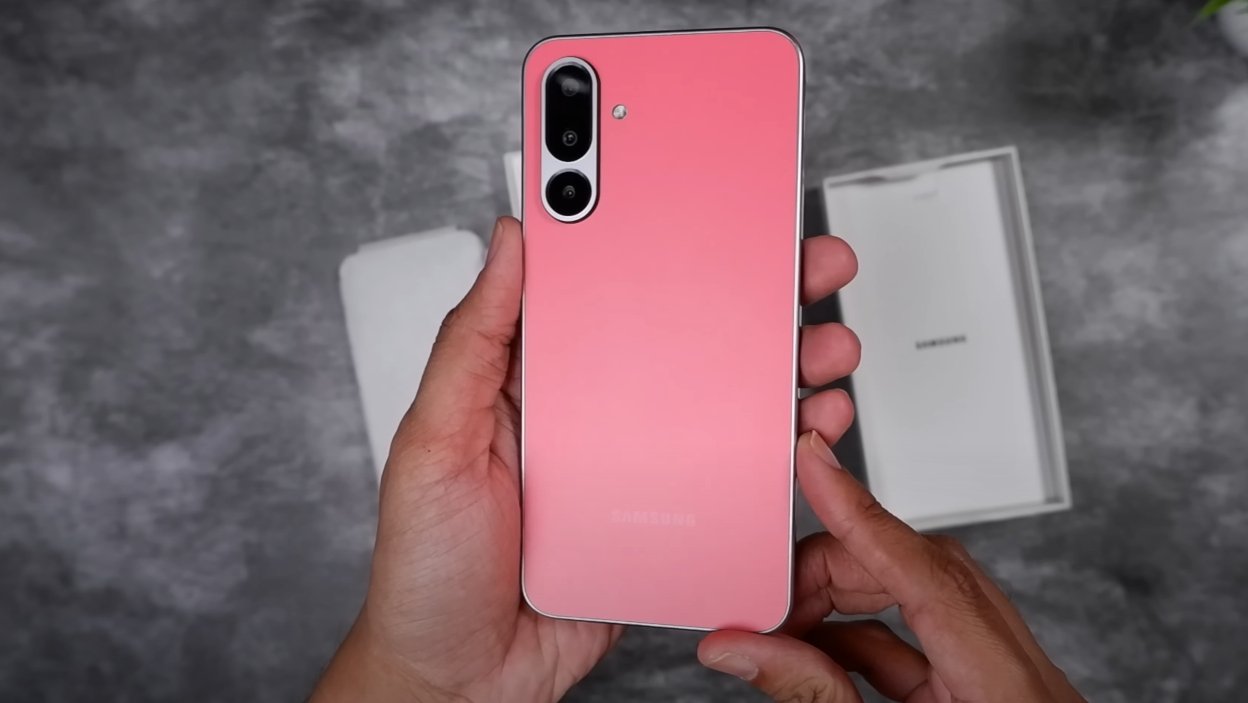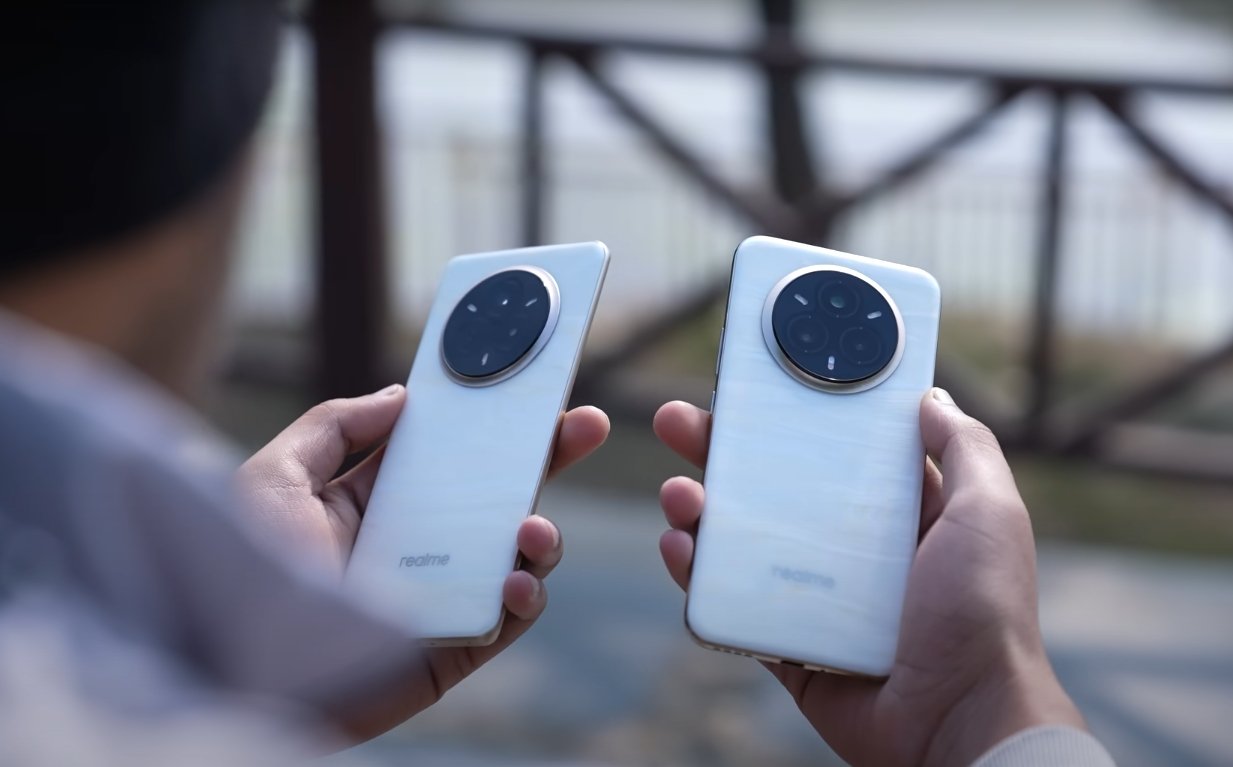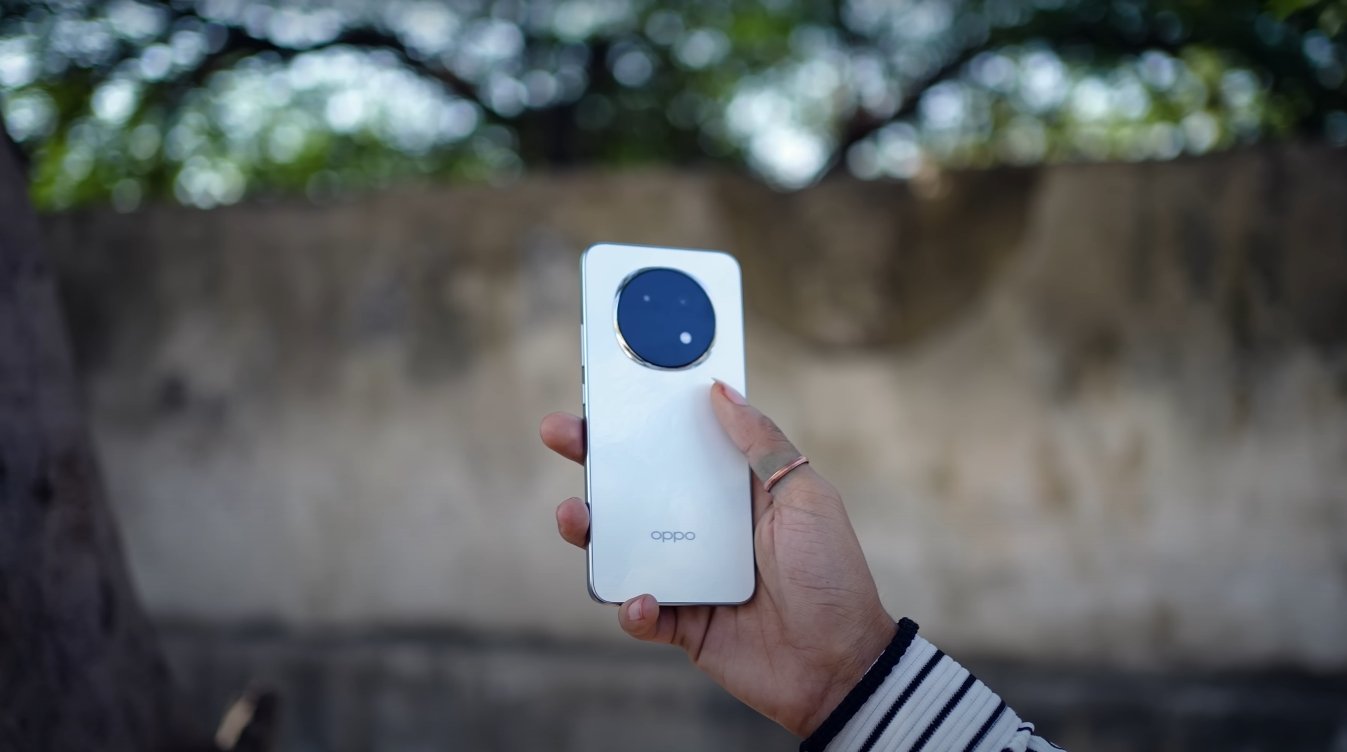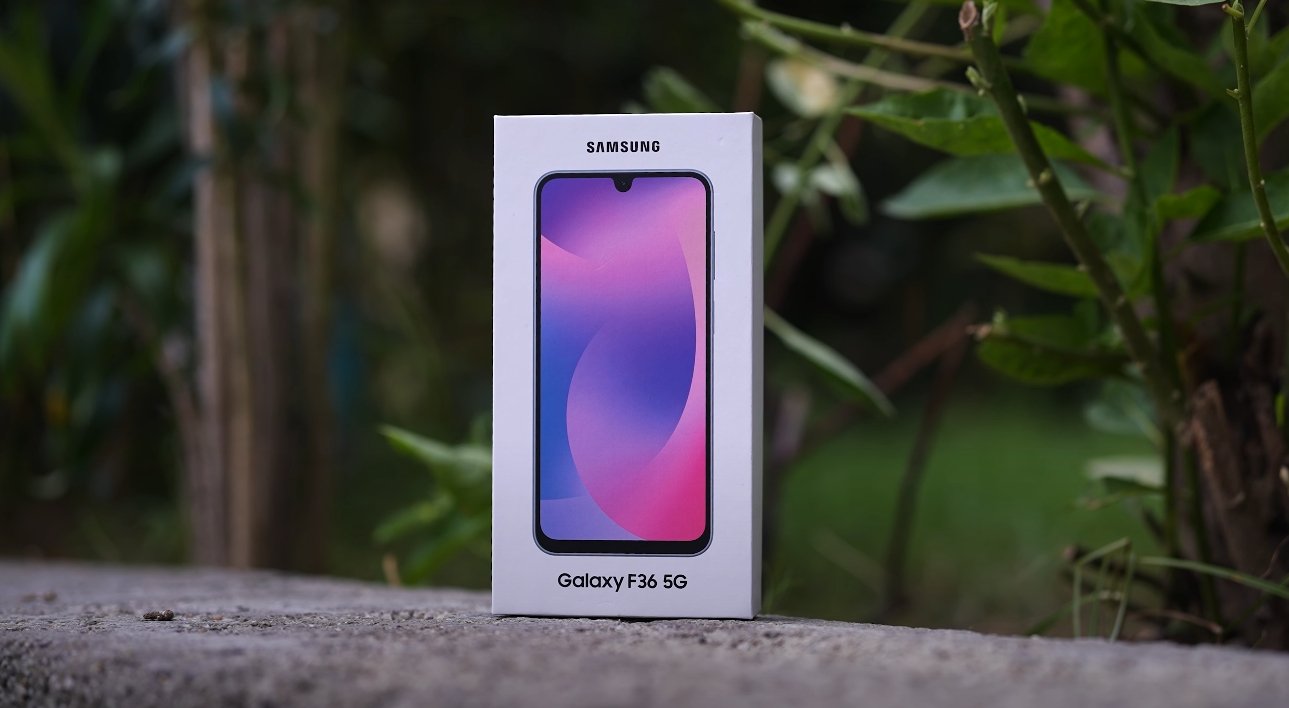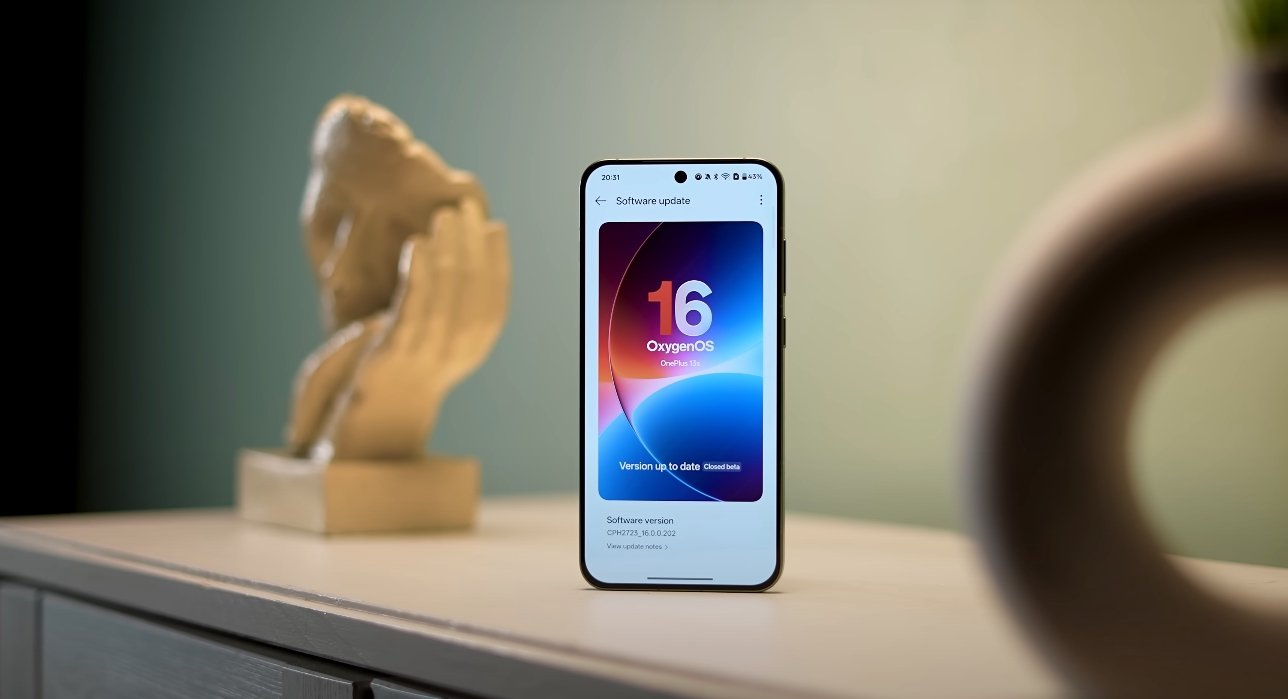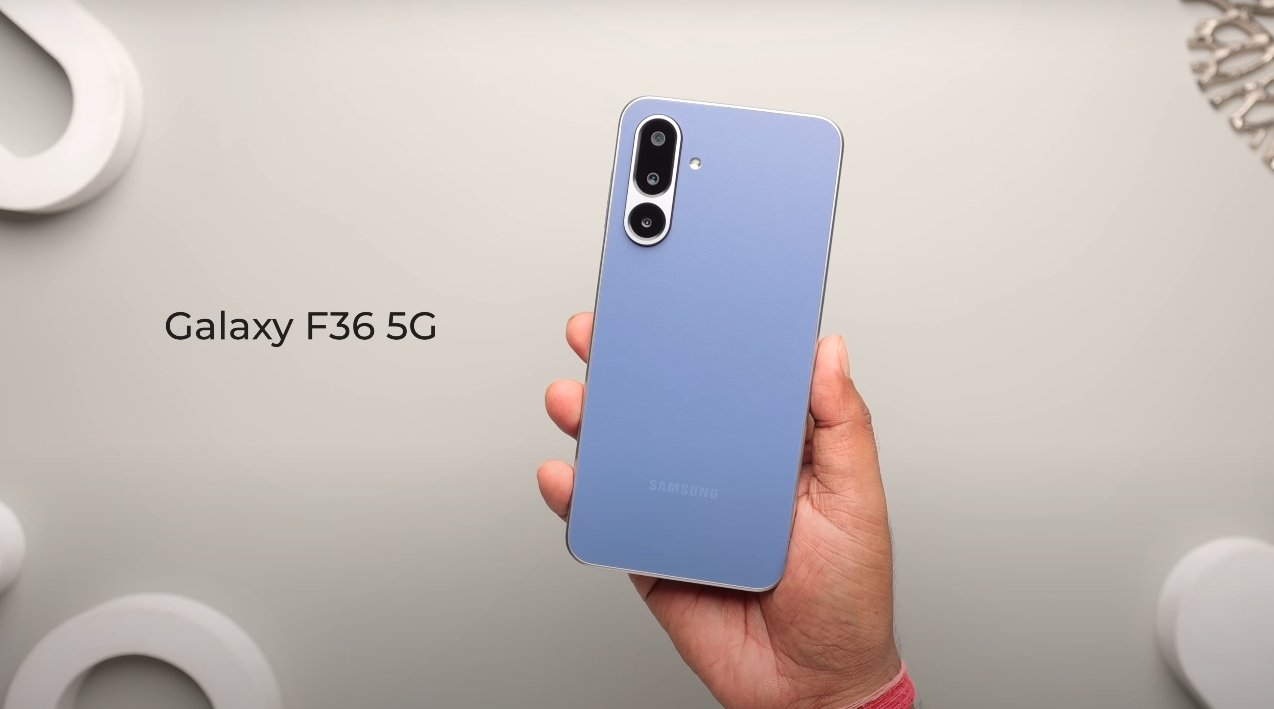Zoom Showdown: Oppo vs Xiaomi in Real-World Use
When comparing the zoom performance of the Oppo Find X8 Ultra and the Xiaomi 14 Ultra, both phones bring serious camera engineering to the table. Oppo offers a dual periscope zoom system (3× and 6× optical) with intelligent digital extensions, while Xiaomi features dual telephoto lenses (≈3.2× and ≈5×) plus strong computational zoom scaling. The gap between pure optical and hybrid/digital zoom becomes clear when you examine sample images and lab testing results.
In daylight and well-lit conditions, the Oppo Find X8 Ultra retains sharp detail up through its 3× and 6× optical zones. Beyond 6×, when digital zoom kicks in, the phone offers fixed points like 13.4× (≈300 mm) and 30× (≈668 mm) before shifting to AI enhancement for higher magnifications. The transition is reasonably smooth, and the phone keeps textures, contrast, and edges well preserved up to about 20×. Even at 30×, images remain usable for social sharing, though with visible smoothing and some loss of fine detail. Reviewers note “superb sharpness even at 30× zoom.”
The Xiaomi 14 Ultra performs impressively across close, medium, and telephoto ranges. Its telephoto lenses handle 3.2× and 5× optical zoom with minimal detail loss. DXOMARK called Xiaomi’s zoom “best results for tele zoom to date,” particularly in close and medium ranges. At 10× and 20×, Xiaomi’s results remain usable in good lighting, though the images start showing more denoising and sharpening. In some tests, the Xiaomi’s long-range images appear processed but still deliver more reach than some competitors.

Where Xiaomi holds an advantage is flexibility in lens switching and handling of multiple telephoto paths: the phone can choose the best lens for a given zoom, optimizing clarity before resorting to digital. Oppo’s dual periscopes offer layered optical coverage, and thanks to optimized switching, the tonal shift between lenses is less noticeable. At mid zoom (6× to 13×), Oppo tends to preserve better natural tones and less aggressive sharpening. Xiaomi may produce slightly punchier contrast at extended zooms, but sometimes at the cost of over-enhancement in low-contrast areas.
Low-light zoom performance is tougher for both. Oppo’s larger sensor and periscope lenses help it maintain more detail and reduce noise in dim conditions, especially up to its optical limits. Beyond that, digital boost suffers more from blur or noise. Xiaomi, while competitive, shows more aggressive noise smoothing at higher magnifications in darker settings, which can flatten textures. In medium zooms at dusk, Oppo often holds a subtle edge in preserving structure.
In practical zoom test comparisons, in bright outdoor scenes, Xiaomi’s long-range shots capture distant objects crisply, but Oppo catches up in color consistency and artifact control. In tests with architectural subjects or distant signs, Oppo’s 6× crop images show balanced exposure and accurate geometry. Xiaomi’s 5× lens delivers slightly more reach with good quality; the differences become more pronounced when pushing both phones into 10×+, where both rely heavily on algorithms.
In summary, the Oppo Find X8 Ultra leads in optical clarity and smoother transition across its zoom range, delivering consistent output especially up to 6× and strong performance through 20×. The Xiaomi 14 Ultra pushes harder in zoom distance thanks to multiple telephoto lenses and strong computational backing, producing bold and high-reach images. Users seeking the cleanest optical zoom will favor Oppo, while those prioritizing maximum reach in good light might lean toward Xiaomi’s approach.
Also Read: Nothing Phone 3A Lite warranty terms for USA buyers

